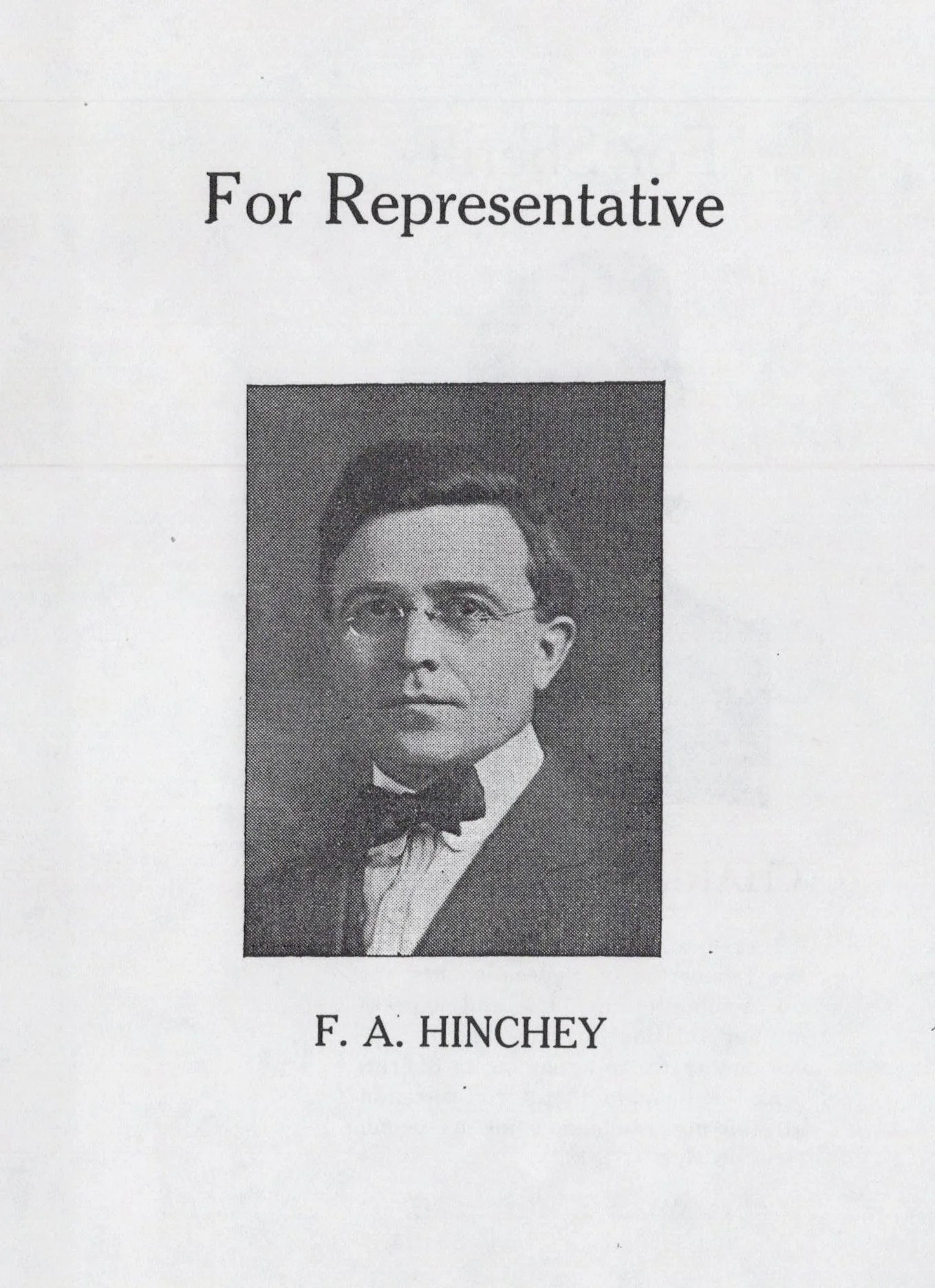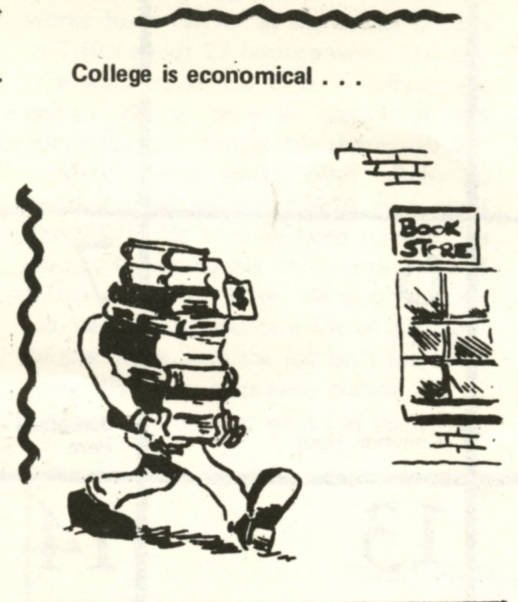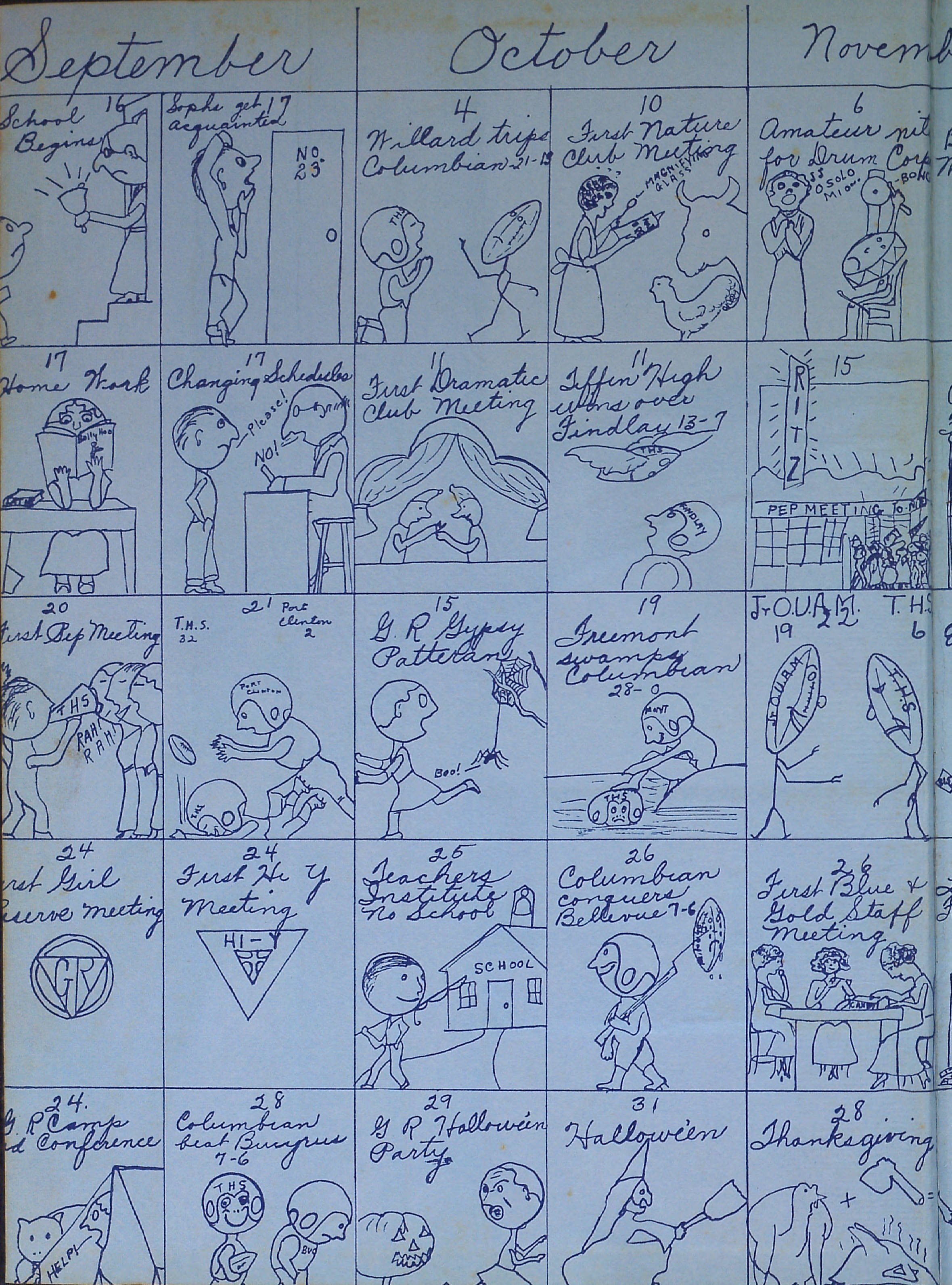by Emily Rinaman
In 2026, the United States marks it’s 250th birthday, but the first American presidential elections would not happen for twelve years after the rebels pushed the British occupation out of the country at the conclusion of the Revolutionary War. If you remember your American History lessons from high school or have an interest in political science, you will recall that for the first twelve years of America’s existence, it operated on a federal level by the Articles of Confederation.
In the infancy of our nation, several changes to the presidential election process took place, and as Ohio would not become a state until 1803, did not experience these modifications. Ohioans voted for the first time as Ohioans for the president in a new style of voting—the 12th Amendment, passed the same year as Ohio became a state, required electors to denote votes for president or vice president, rather than the vice president winner simply being selected based on the second highest percentage of votes after the president.
The year 1824 when Seneca County was officially established was also a presidential election year. According to “Compilation of Early Tiffin Homes,” which has been digitized onto the Seneca County Digital Library, only 175 Seneca County residents voted for a president (polling locations were few and far between in these days making travel to cast a vote difficult). At this point, the federalist party was dead and the Democratic-Republican party had begun to branch off into the separate parties of the Democratic Party, National Republican Party and the Whigs.
F.A. Hinchey of Bettsville ran as the Democratic candidate for the Ohio State Representatives in the 1918 elections. At the time he ran for election, he had been serving as the Postmaster in Bettsville for four years.
While Ohioans voted for Henry Clay of the National Republic Party, no candidate on the ballot that year received a majority vote and the final decision was made in the House of Representatives.
Earlier this same year (in April), Seneca County held its first local elections. In this first election, residents voted for their choice of sheriff, coroner, and commissioners. The municipality of Tiffin’s first elections, however, did not happen until June 1836 (it had been under the jurisdiction of Clinton Township up to this time). Soon, the City of Tiffin had its first mayor, recorder and councilmen, which, according to the author of “From Wilderness to City”, were mostly Whigs.
During these years, the small villages and townships were forming and holding their own initial elections. Thompson and Seneca Townships held their first elections in 1820, Eden Township in 1821, Clinton Township in 1822 and Reed Township in 1827. Liberty Township would see its first election in April 1833 for trustees, clerk, constables and supervisors. These small elections were often held in private residences.
As more settlers moved into the area with large families, it soon became apparent to residents that they needed to vote on an education system. In September 1850, the majority voted in favor of initiating a school tax on property owners in the City of Tiffin, which resulted in building a high school on Monroe Street for local pupils called “Union Schools”.
Twenty years later in 1871, a special election would be held that authorized the erection of the College Hill school at the corner of Perry and Market streets and the Miami Street school, now owned by Tiffin University. These additional structures were “constructed afterwards at intervals as the growth of the city demanded,” it explains in the 75th Anniversary Souvenir book, also digitized on the Seneca County Digital Library.
The Monroe Street School Centennial booklet, another resource on the SCDL interestingly includes a page describing the political nature of the nation during this period called “The Nation – 1856”. It records that Seneca County residents were divided in their choice of Democrat James Buchanan and Republican J.C. Fremont and had also pretty evenly divided their votes for the state governor.
And since the Civil was still a few years on the horizon, the compilers of the book state, “None of the rebel states was seriously considering secession from the (U.S.) Union,” and therefore Stephen Douglas, the Northern Democratic candidate on the ballot in 1860, received slightly more Seneca County votes than Abraham Lincoln.
General William Gibson, a Civil War Veteran and locally famous orator from Seneca County helped a levy pass by giving a speech in favor of the B&O Railroad route proposal in 1872.
In fact, the race was so close in Seneca County that Douglas claimed the majority of votes by only an extra 120. Surprisingly, Lincoln lost to Seneca County voters (this time to McClelland) again in the 1864 presidential election, according to the “Tiffin and the Civil War” compilation digitized on the SCDL.
As a state, however, Ohio chose Lincoln. The only states who did not vote for Lincoln in the 1864 election were Kentucky, New Jersey and Delaware (states in the proposed Confederacy did not vote in this election except for the seceded states of Louisiana and Tennessee who both voted for Lincoln).
Following the Civil War, a new era began not just in the nation, but also Ohio and Seneca County. Dirt roads were being transformed by pike roads and railroads were being rapidly connecting to one another for faster and more widespread transportation.
A tax levy in August 1872 was voted on in order to allow various parts throughout the county, especially in the area of Republic, Ohio, to provide “right-of-way” land on either side of the proposed section of the B&O Railroad. With the help of famous local orators Lawyer Warren Noble, Civil War veteran William H. Gibson, and a few others, the levy passed 334-91 (Interestingly, these two individuals had previously run against each other for City Clerk/Recorder in a previous election with Noble beating Gibson 101-97).
The railroad fever caused Seneca County residents to take a second look at their road systems and decided upgrades were “wise and necessary,” as stated in the Seneca Sentinel Bicentennial Sketches on the SCDL. In April 1880, a special election was held but this time, the residents weren’t buying the hype. The would-be pike roads in this particular election were voted down 5,156 against to only 1,578 in favor of.
Interesting decisions were being made during this time at a federal level as well through the elections. President Rutherford B. Hayes had been disputedly elected in 1876 after other candidates died during the elections (of natural causes). He had promised to only run once and in 1880, when Seneca County residents were voting against pike roads, were voting for another Ohioan for president, James Garfield.
For more recent information on local elections, the Seneca County Digital Library contains the digitized versions of its meeting minutes and other publications from the time it began in 1970 through the 2010s.
Works cited:
75th Anniversary Souvenir. 1897. Seneca County Digital Library. https://www.ohiomemory.org/digital/collection/p15005coll27/id/22962/rec/2
Bacon, Frank Mrs. A Compilation of the Studies of Early Tiffin Homes. 1940. Seneca County Digital Library. https://ohiomemory.org/digital/collection/p15005coll27/id/29310
Barnes, Myron. Seneca Sentinel Bicentennial Sketches. Seneca County Digital Library. https://ohiomemory.org/digital/collection/p15005coll27/id/33669
Dildine, Frank. Tiffin City Schools History. 1927. Seneca County Digital Library. https://ohiomemory.org/digital/collection/p15005coll27/id/35477
Dildine, Frank. From Wilderness to City. https://ohiomemory.org/digital/collection/p15005coll27/id/22177
Durrett, John. History of Bettsville. 1984. https://ohiomemory.org/digital/collection/p15005coll27/id/29643
General William H. Gibson, “Patriot Orator Statesman”. https://ohiomemory.org/digital/collection/p15005coll27/id/36331
History of Eden Township and Melmore. https://ohiomemory.org/digital/collection/p15005coll27/id/29665
Jett, Katherine Griffin. History of West Lodi. 1988. https://ohiomemory.org/digital/collection/p15005coll27/id/30110
Sayger Printing and Publishing Co. Monroe Street School Centennial, 1856-1956. Seneca County Digital Library. https://ohiomemory.org/digital/collection/p15005coll27/id/35506
Seneca County Genealogical Society. “Seneca County, Ohio History and Families”. 1998. Seneca County Digital Library. https://ohiomemory.org/digital/collection/p15005coll27/id/28319
Smith, Howard. The What, How and Who of It: an Ohio Community. 1997. Seneca County Digital Library. https://ohiomemory.org/digital/collection/p15005coll27/id/15879





















































